In recent years, we always see young people wearing exquisite Chinese dress on university campuses, shopping malls, scenic spots, and other places. The trend of Chinese dress has become a new fashion and new culture. The consumption of Chinese dress is developing from niche to scale market.
The full name of Hanfu is "traditional Han clothing", also known as Han Clothes, Han Costume and Chinese Dress, which were worn from Emperor Huang's reign to the middle of the 17th century (late Ming and early Qing dynasties). It is the embodiment of China's "Clothes on the Crown" and "State of Manners", and carries the outstanding craftsmanship and aesthetics of the Han nationality, such as dyeing, weaving, and embroidery, and has inherited more than 30 Chinese intangible cultural heritages and protected Chinese arts and crafts.

Basic Structure of Chinese Dresses
-
Jiaolingyouren(交领右衽, the collar is in Y shape)
The main features of the dressing gown: the collar has Jiaoling, round collar, Duijinzhiling, and so on. The placket is Youren, and the gown is tied with a belt and hidden button.
-
Baoyiguangxiu(褒衣广袖, large clothes, large sleeves)
Since ancient times, the Chinese dress has been Baoyibodai for dresses, and short clothes and wide sleeves for regular clothes. Compared to Western clothing of the same period, the exquisite Chinese dress was indisputably superior in terms of humanity. While Westerners used brassieres and skirt supports to restrict the development of women's bodies, the wide Hanfu has achieved the characteristic of allowing the body to stretch freely.
History & Common Forms of Exquisite Chinese Dress
The earliest appearance of Chinese dress would have been during the Yin Shang period before there was any archaeological physical support for the age. About 5,000 years ago, during the Neolithic period of the Yangshao culture in China, primitive agriculture and weaving arose, and began to use the woven Hemp cloth was used to make clothes, silkworms and silk spinning were invented by Leizu, the wife of the Yellow Emperor, and people's clothing was perfected.
- After the Yin Shang period, the system of coronets and costumes was initially established, and during the Western Zhou period, the costume system was gradually perfected, and the chapter costume system centered on the "crown costume of the emperor" was formed.
- During the Spring and Autumn Period/Warring States Period(770 BC–221 BC), there was an unprecedented variety of clothing styles, which were mainly shown on Shenyi and Hufu.
- When the whole country was unified in the Qin-Han dynasty, Chinese dress also tended to be consistent. The Han dynasty dress was mainly "Zhiju, Quju".Women's dresses were mainly "Sheni" and "Quju" with more layers of revolving, with more layers of lapels and larger hems. The shapes of dresses were: Jiaoling, Youren, Huxiu, and the sleeves and hem had a large wide edge.
- Women's costumes during the Wei-Jin dynasties inherited the customs of the Qin-Han dynasty and improved on the tradition, generally wearing Shan, Ao, and Ru on top. Then the skirt is worn underneath, in a style that is mostly short at the top and wide at the bottom. The body part is tight-fitting, the cuffs are big, the skirt is multi-folded Jianqun, the skirt is long and trailing, the hem is loose, so as to achieve a dashing Effect.
- By the Tang Dynasty, all sorts of pretty Qiyao skirts appeared, and after all, the family was well off, and Tang girls managed to eat a lot of plumpness. The Qiyao skirt was tied higher and higher, the sleeves were long and longer to cover the whole hand, and finally, the skirt was pulled up above the chest. Thus, "Qixiong Ruqun" has appeared. The main forms of Sui-Tang Dynasty Chinese dress were: Round Collar Robe and Lanshan for men, Qixiong Ruqun, Tanling, Jianse Skirt, and Po Skirt for women.
- The costumes of the Song Dynasty generally followed the old system of the Sui-Tang Dynasty. However, due to the Song dynasty for many years in the internal and external conflicts, coupled with the influence of factors such as Cheng Zhu theory, this period of clothing advocated simplicity, rigor, subtlety, women can not wear as open as the Tang dynasty, so the wide sleeves of the big-sleeved shirt were changed to narrow sleeves of the Beizi. During the Song dynasty, Duijin was more common, and the placket was partially open, with a rope band tying it together, from which Guoyi could be seen. The garment was knee-length and flush with the skirt. The forms are Daopao, Shenyi, Duijin Banbi, Zhiduo for men, Songmo, Beizi, Songku, and Banbi for women.
- Buttons replaced the lanyard in the Ming Hanfu, and its buckle was the child's mother button. Shujin, Xiejin, Liling, and round collar are the main types of clothes. The body of the clothing is long, and there are Yunjian and Bijia(large vest, and Zhaojia outside the man's robe). The skirt is a combination of the Mongolian characteristics of the Yuan Dynasty and the inverted trapezoidal "Mamian skirt" that looks like a horse's face in front and back. Men wore Yisan and Tieli of the Jiaoling type, while women wore a variety of skirts, such as the Liling Xiejin and vertical lapels Changao or Duanao, Shan, Sha, cape, Xiapei, Mamian skirt, Yunjian, and Bijian.
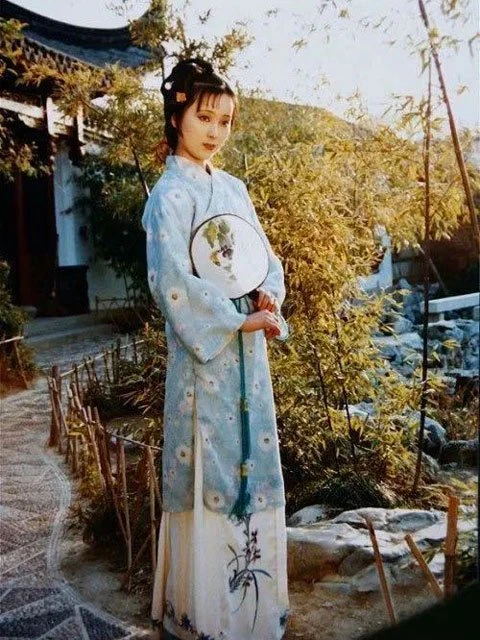
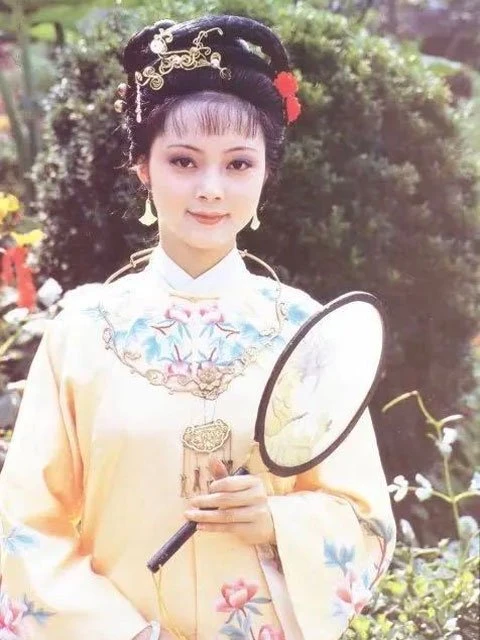
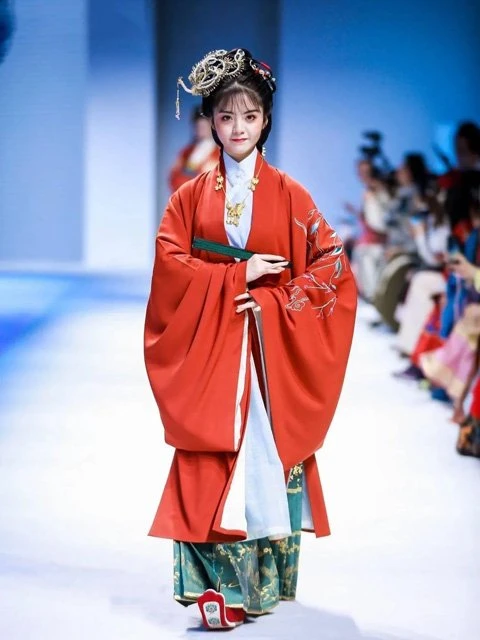
The Revival of the Chinese Dress
In order to weaken the national identity of the Chinese in order to maintain their rule, the rulers of the Qing dynasty implemented the policy of "shaving the hair and dressing easily", and those who took Chinese dresses and hair girdles were punished with felonies. The exquisite Chinese dress itself disappeared under the Qing government, but due to its strong vitality, some of its elements have not died out.
In the early 21st century, with the development of China's national power, people began to examine the best parts of their traditional culture. Some people restored the traditional Chinese dress by taking the essence of Han clothing and removing the dross, and at the same time restored traditional festivals, restored traditional rituals, worshipped the ancestors, promoted traditional doctrines, promoted traditional musical instruments, and so on, to promote the restoration of traditional Chinese dress and the wearing of exquisite Chinese dress, which was called the Hanfu movement.
Hanfu revival is a way for the Chinese people to promote traditional Chinese culture by reviving traditional costumes. The revival of Chinese dress allows the beauty of traditional culture to be more appreciated. The revival of Chinese dress can also enhance the cohesion of the Chinese people at home and abroad and promote national unity. We share the same blood, the same language, and the same culture. Now, through a kind of costume that can represent the national characteristics, the national consciousness can be more united.
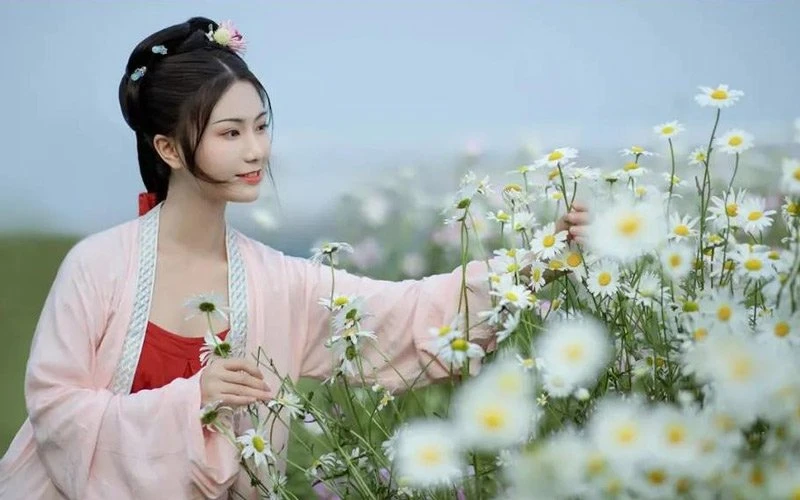

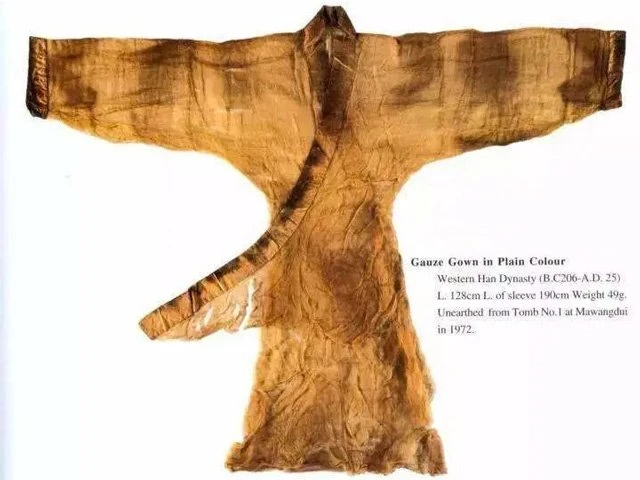
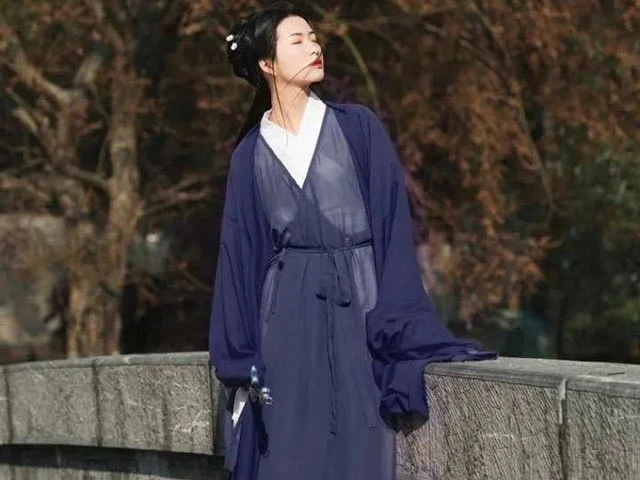
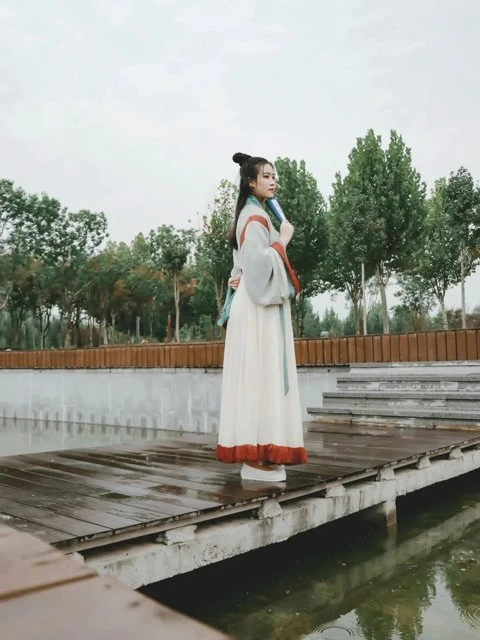
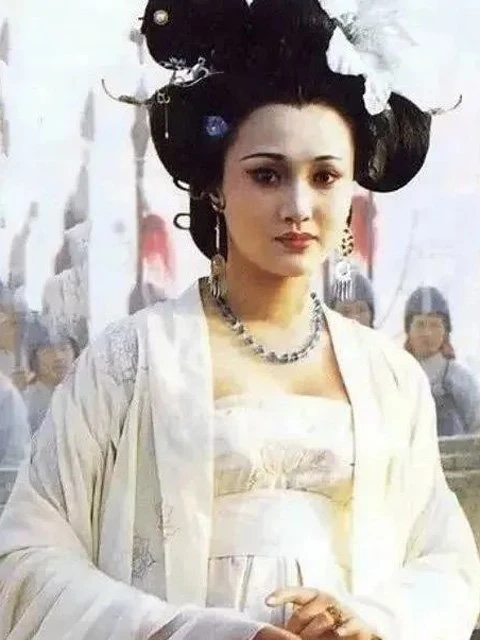
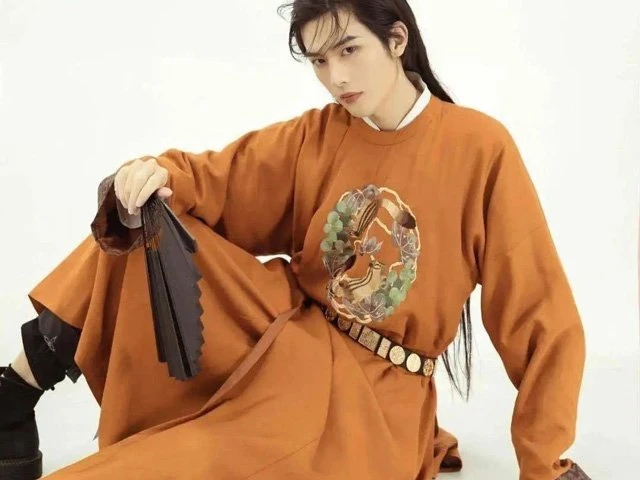
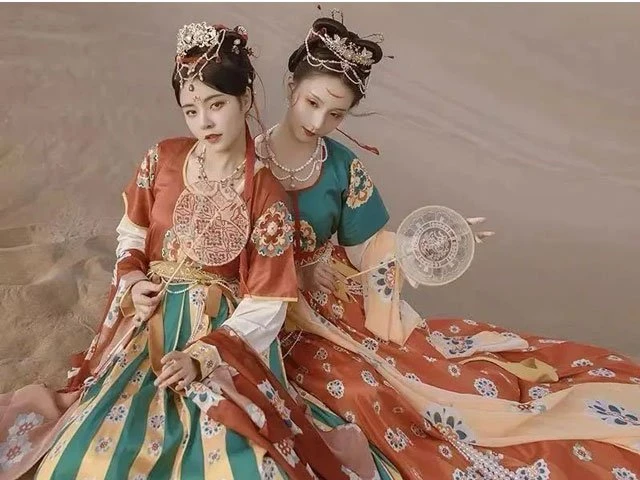
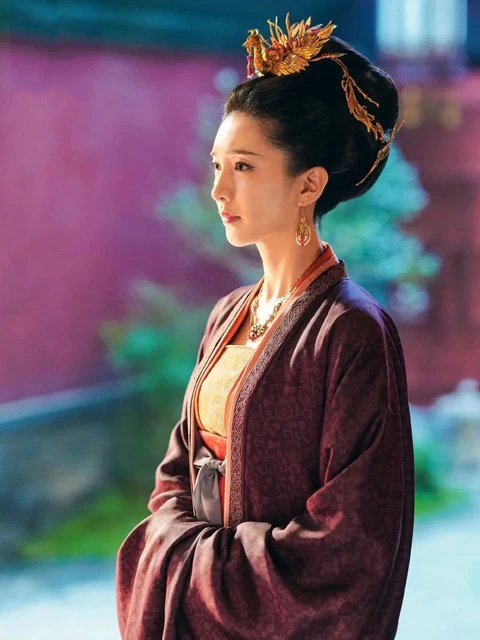
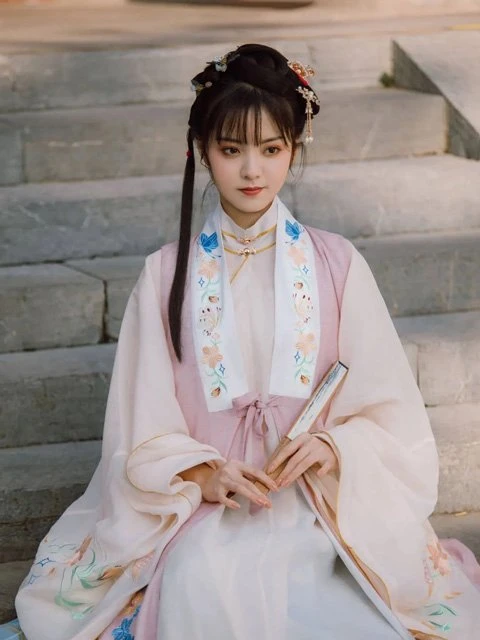


😍😍😍